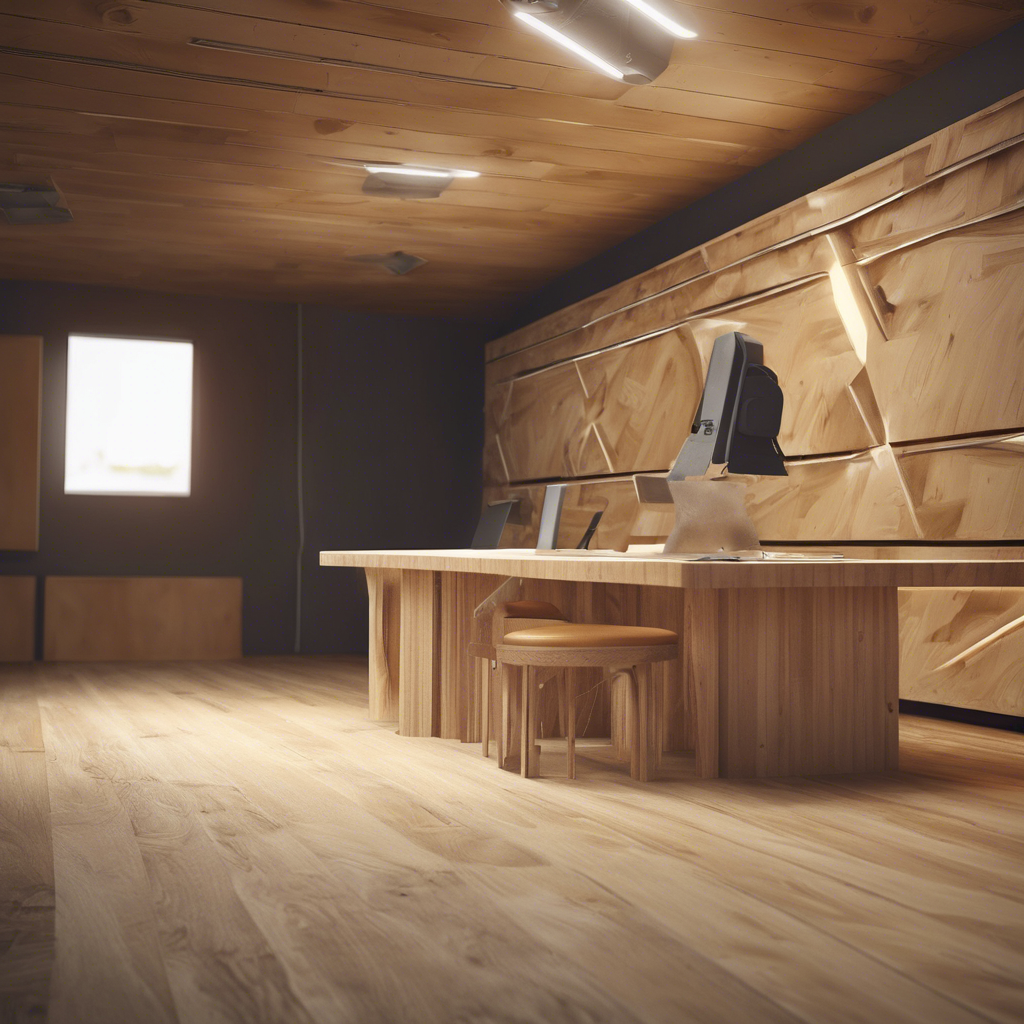The Ultimate Guide to Using Plywood Outside: Tips and Tricks for Professionals
- VINAWOOD GROUP
- Jul 28, 2024
- 3 min read
Welcome, professionals, to our ultimate guide on using plywood outside! Whether you're a seasoned contractor or a DIY enthusiast, understanding the ins and outs of utilizing plywood in outdoor projects can elevate your craftsmanship. In this comprehensive how-to article, we'll explore everything you need to know about harnessing the versatility of plywood in your exterior ventures.
Why Choose Plywood for Outdoor Projects?
Plywood serves as an excellent choice for outdoor applications due to its durability, affordability, and versatility. Unlike solid wood, plywood is engineered to resist warping, moisture, and splitting, making it a reliable option for withstanding the elements. Moreover, plywood comes in various grades and thicknesses, allowing you to select the perfect material based on your project's requirements.
> Read more: laminate flooring, hardwood flooring, baltic birch plywood, maple plywood, ACX plywood, BBOES plywood
Selecting the Right Type of Plywood
When using plywood outdoors, it's essential to choose the appropriate type for optimal results. Marine-grade plywood is specifically designed for water exposure and is ideal for applications where the material will come into contact with moisture. Exterior-grade plywood is another suitable option for outdoor use, offering good weather resistance and strength. Ensure you select a type that aligns with the environmental conditions your project will face.
Preparing Plywood for Outdoor Use
Before incorporating plywood into your outdoor project, it's crucial to properly prepare the material to enhance its longevity. Here are some essential steps to follow:
Sealing the Edges: Seal the edges of the plywood with a high-quality wood sealant to prevent moisture ingress, which can lead to warping and delamination.
Applying a Protective Finish: Consider applying a weather-resistant finish or paint to the plywood to provide an additional layer of protection against sun damage and moisture.
> Read more: plywood sizes, 3/4 plywood, 4x8 plywood, 1/2 plywood, 5/8 plywood, 1/4 plywood
Best Practices for Installing Plywood Outdoors
Proper installation is key to ensuring the structural integrity and longevity of your outdoor plywood projects. Follow these best practices for a successful installation:
Secure Fastening: Use corrosion-resistant screws or nails to fasten the plywood securely to the underlying structure. Ensure proper spacing between fasteners to prevent buckling.
Allow for Expansion Gaps: Accommodate for natural expansion and contraction of the plywood by leaving small gaps between the sheets. This will help prevent warping and cracking over time.
> Learn more:
Creative Outdoor Applications with Plywood
Plywood's versatility extends to a myriad of outdoor projects beyond traditional decking and siding. Consider exploring the following creative applications:
Outdoor Furniture: Create custom outdoor furniture pieces such as tables, chairs, and benches using plywood for a modern and sleek aesthetic.
Garden Planters: Build stylish garden planters using plywood to infuse your outdoor space with a touch of greenery and design.
Privacy Screens: Construct decorative privacy screens using plywood to delineate outdoor areas and enhance visual appeal.
> Explore further: hdo vs mdo plywood, tongue and groove plywood, walnut plywood, white oak plywood
Maintenance Tips for Outdoor Plywood Projects
Proper maintenance is essential to preserve the beauty and functionality of your outdoor plywood installations. Here are some maintenance tips to keep in mind:
Regular Inspections: Periodically inspect your plywood projects for signs of wear, water damage, or warping. Address any issues promptly to prevent further damage.
Reapply Sealant: Periodically reapply a wood sealant or protective finish to maintain the plywood's resistance to moisture and UV rays.

> Discover more: burnt plywood floor, plywood edge banding, plywood garage walls, plywood kitchen cabinets
Conclusion
In conclusion, harnessing the power of plywood for outdoor projects opens up a world of possibilities for professionals looking to elevate their craftsmanship. By selecting the right type of plywood, preparing it adequately, following best installation practices, and exploring creative applications, you can create stunning and durable outdoor structures that stand the test of time. Remember to prioritize maintenance to ensure your plywood projects remain in top condition for years to come. So, gear up, grab your plywood, and get ready to transform your outdoor space with style and functionality!
Happy building!
> Get more details:



Comments